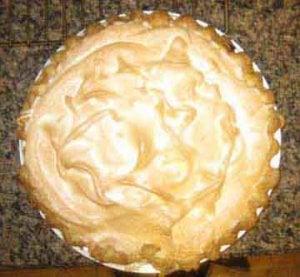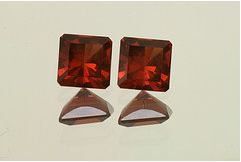- Joined
- Nov 19, 2003
- Messages
- 1,290
Date: 3/5/2010 1:37:27 PM
Author: vinkalmann
Is this really the case, or do many vendors have bad cuts but they just aren''t providing the graphics for their potential customers to see the issues. I''m not including precision cutters in this statement as I consider their stones to be a different level than the average person is going to be purchasing.
If the definition of "bad cut" means that the stone was cut on equipment that was not capable of producing repeatable angles and radial indexing then yes, most of the stones cut in the world are "bad cuts". You can''t tell without a great deal of experience as a cutter what a stone will actually look like from a diagram. Even with a lot of experience you can be surprised, so looking at 3D wireframes or cutting diagrams is always going to be a bit of a guess. This conversation has taken many different forms and can be found on this forum with "native cut" somewhere in the title. Giving too much information is a problem because it may imply something that isn''t true. This takes often takes the form of someone presuming that because a "native cut" stone is not precision cut, that it''s inferior. Sometimes this is true and sometimes not.
clear from what the owner said that they are providing a lot of services to their clients that are labor/time intensive and I believe this. It''s clear that they made a cost cutting measure when it came to photographing duplicate stones. Was this the best choice?
HA! It appears that this was NOT the best choice. I understand why it may have been done, but it obviously doesn''t sit well with a number of people.













300x240.png)